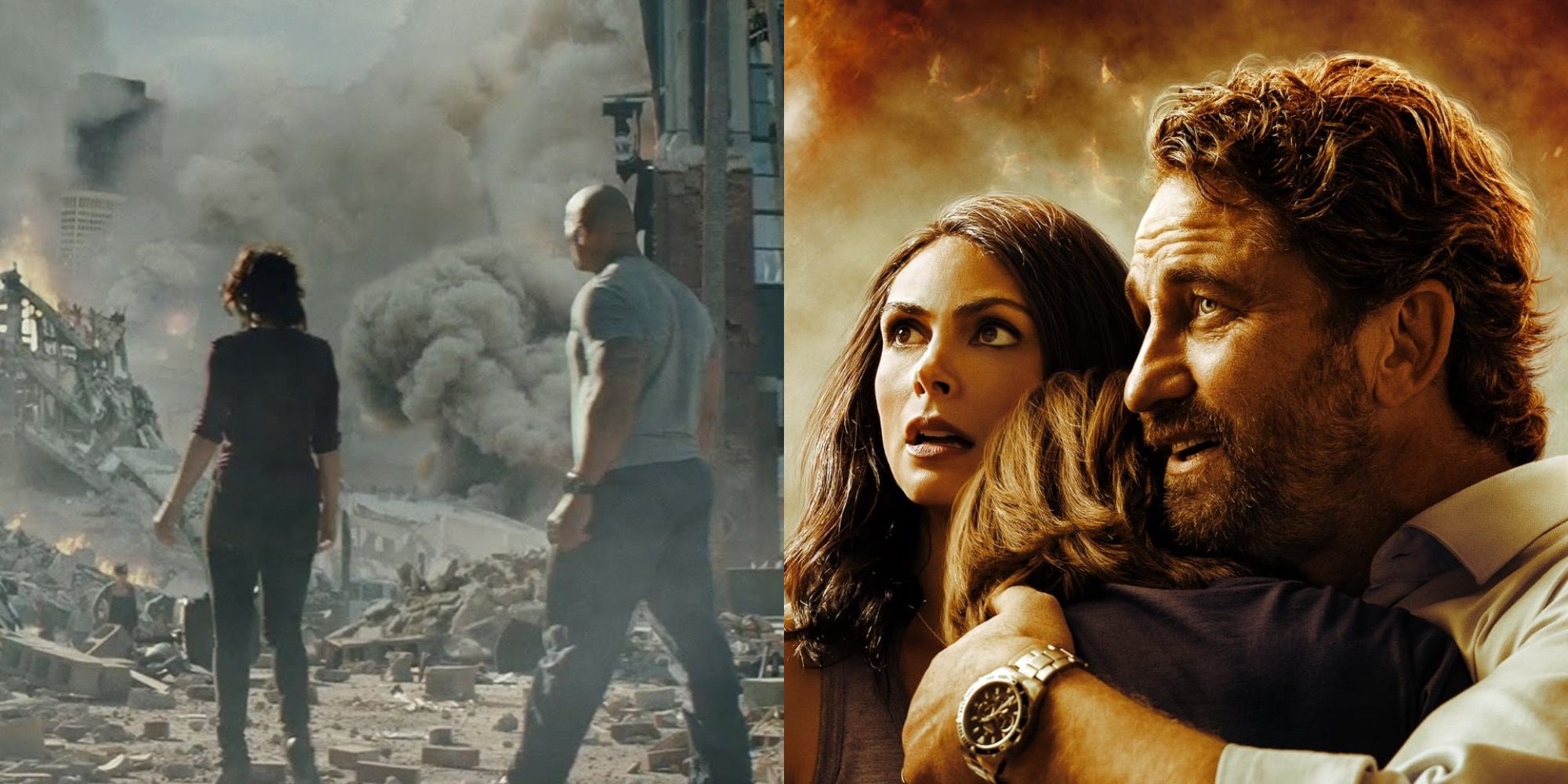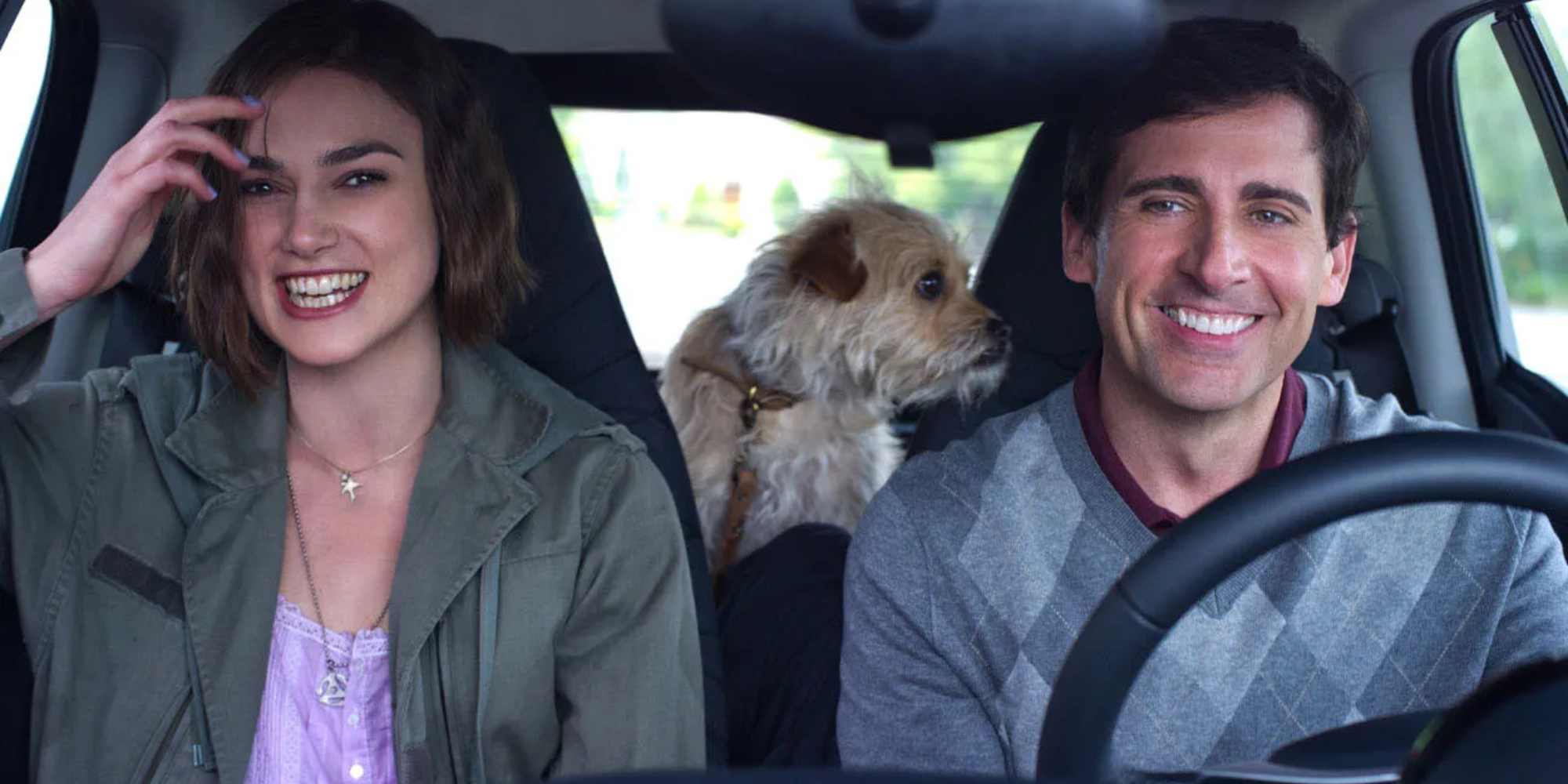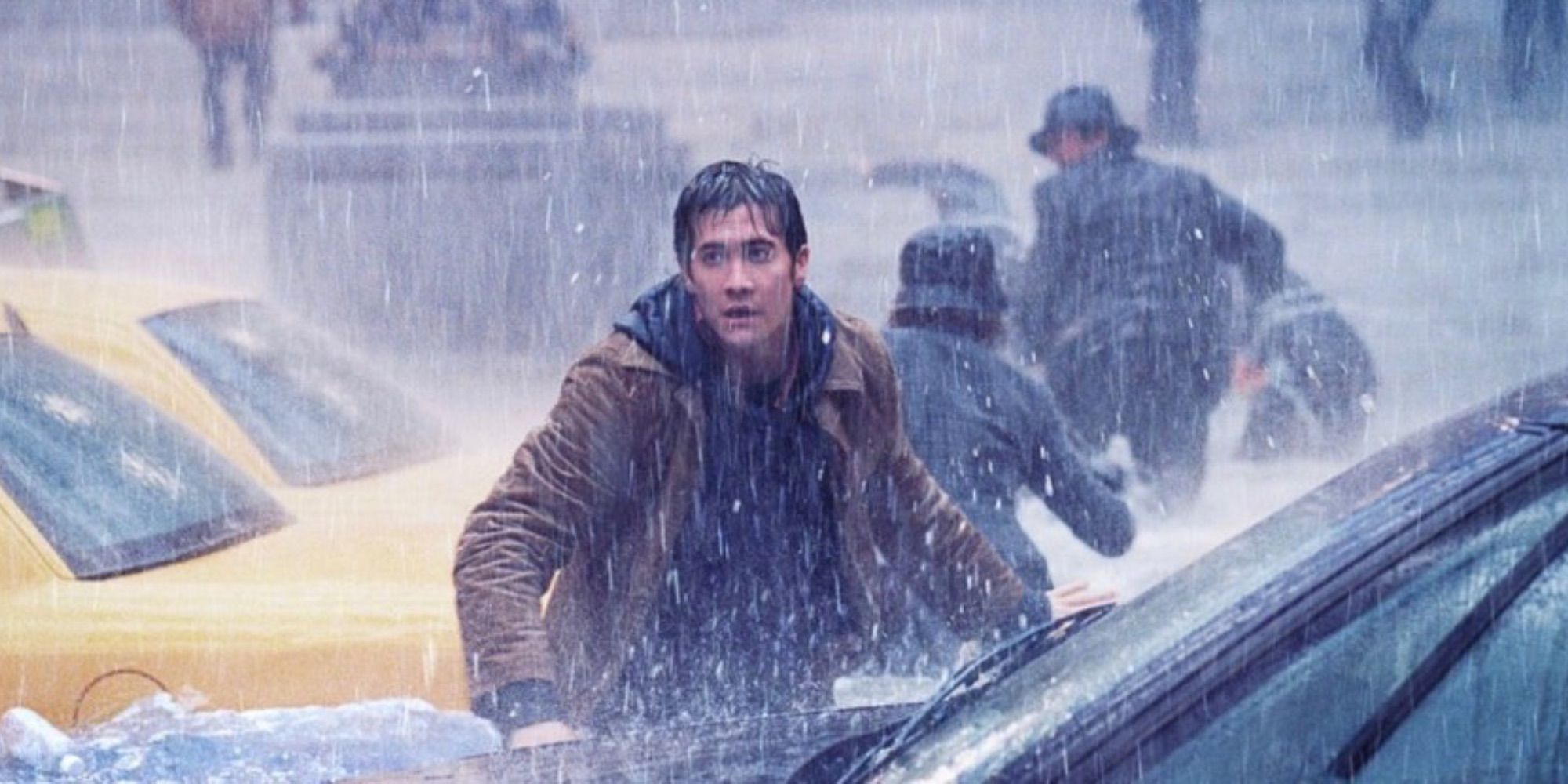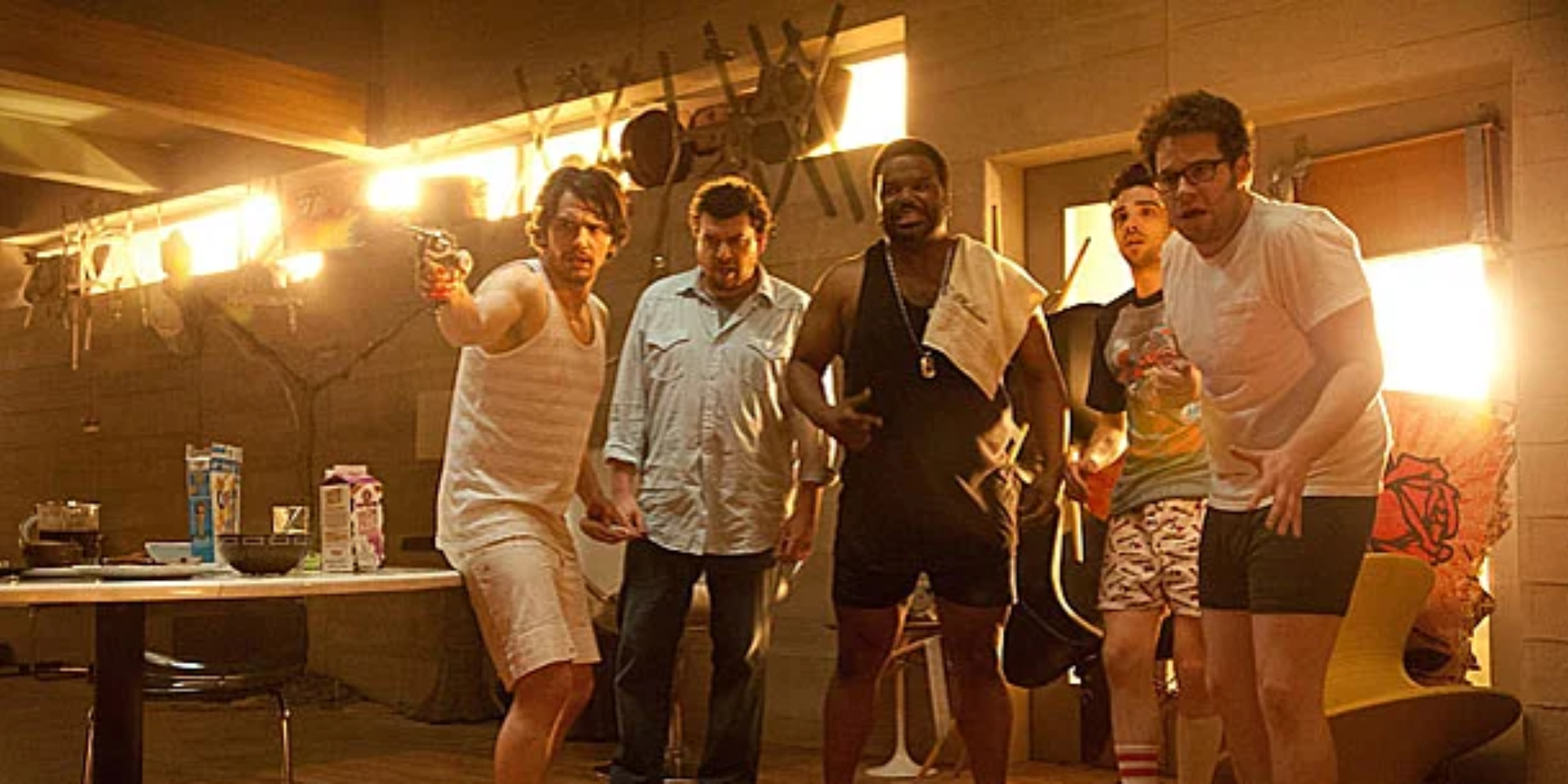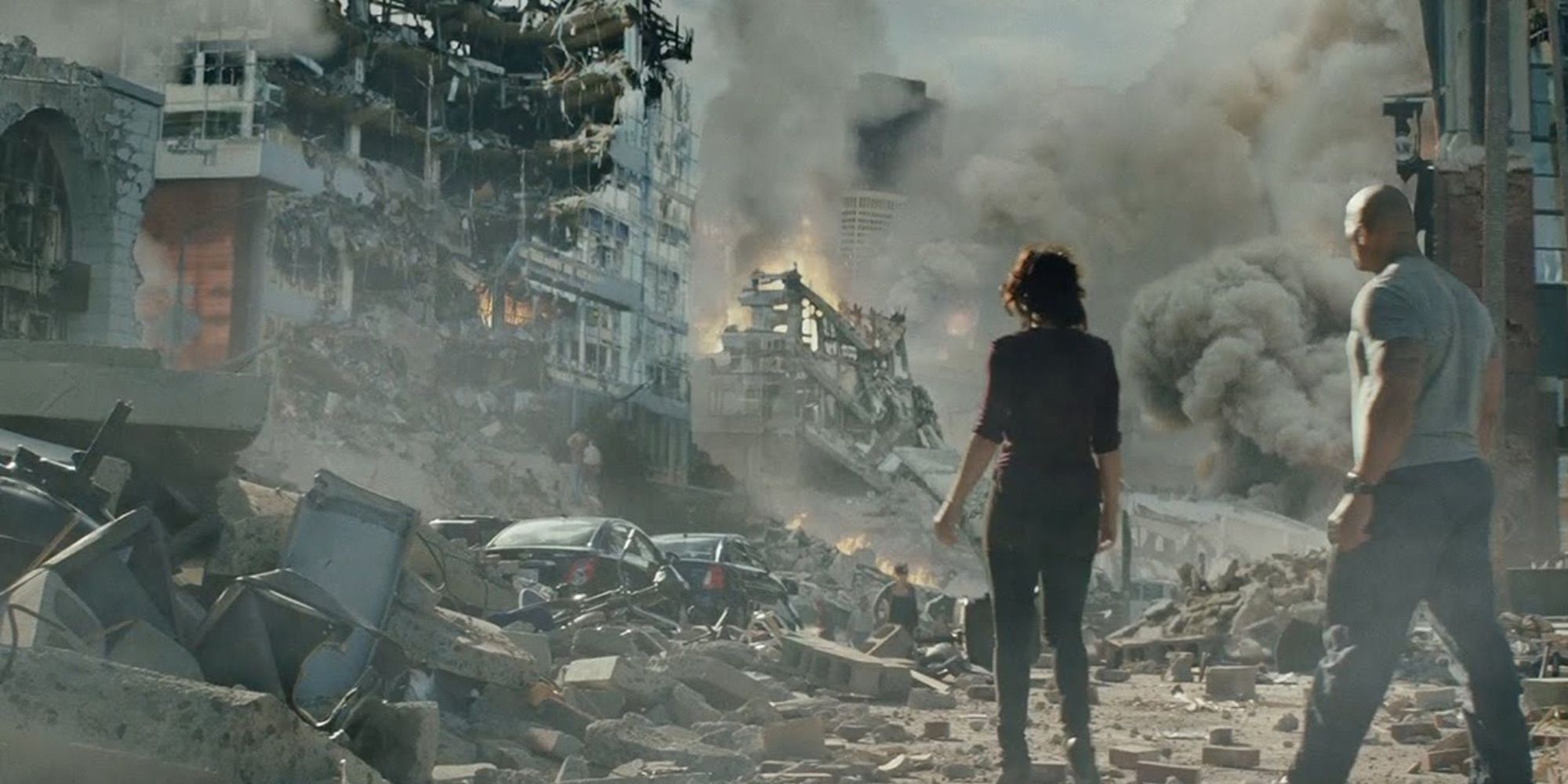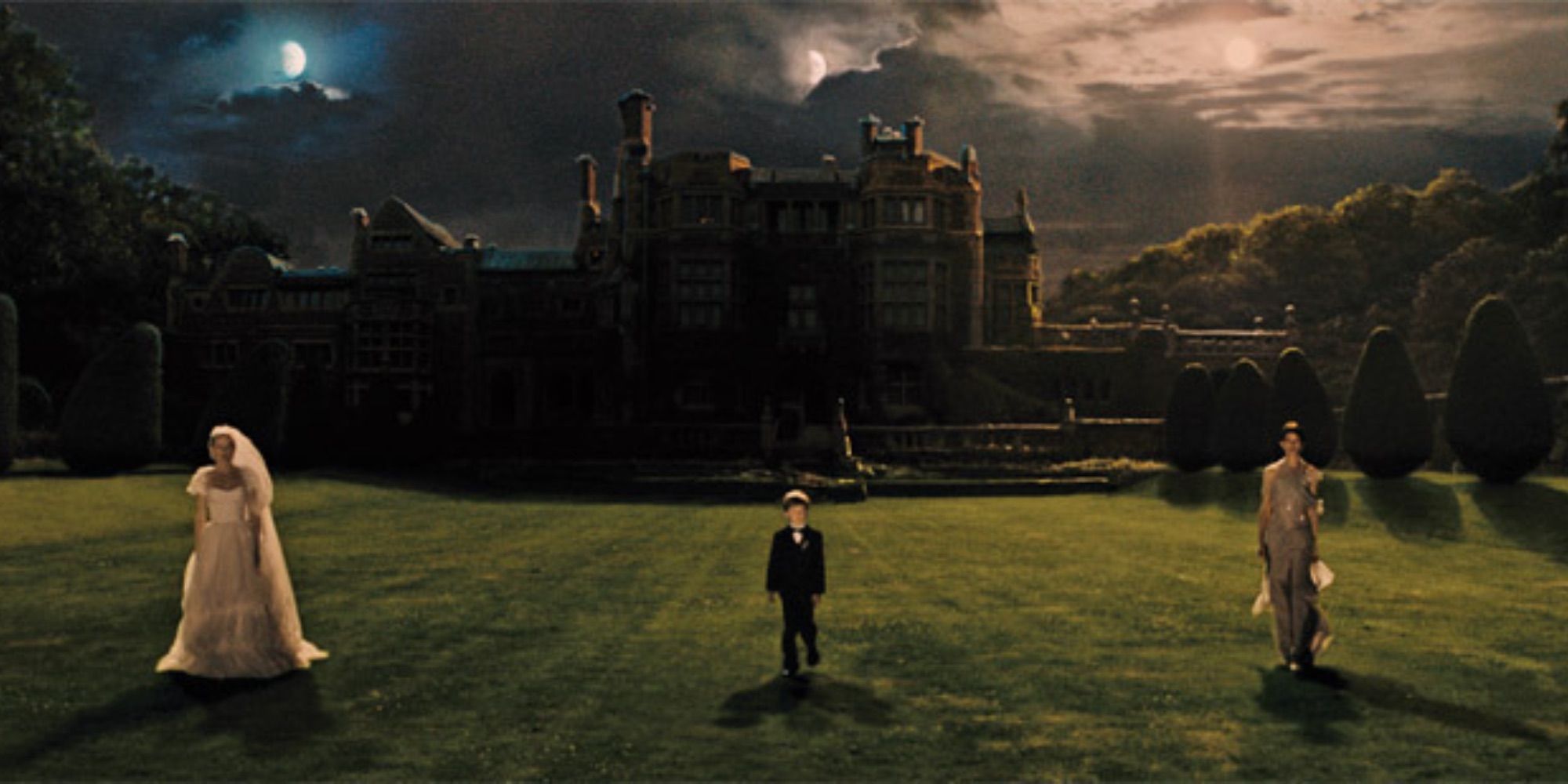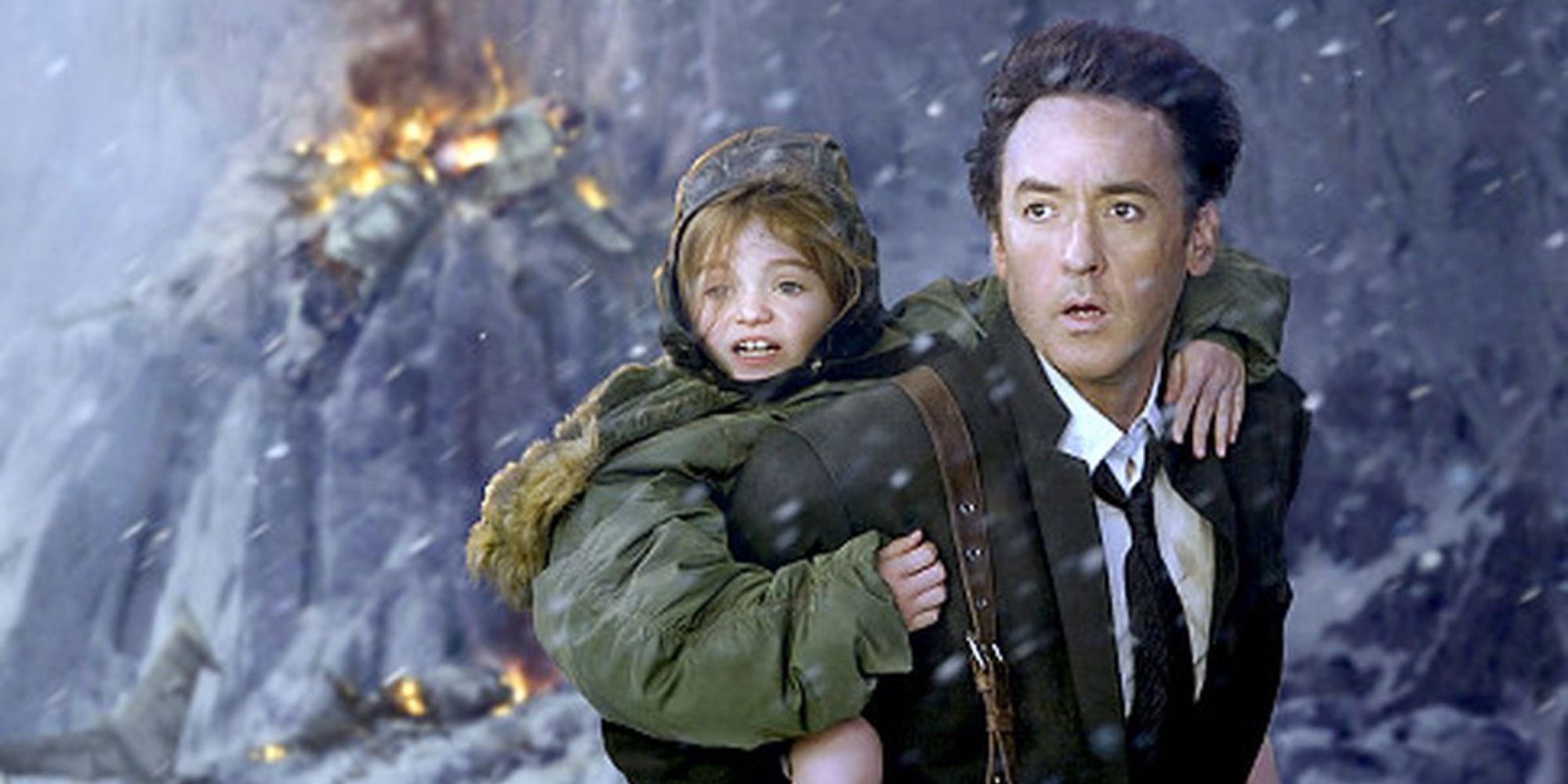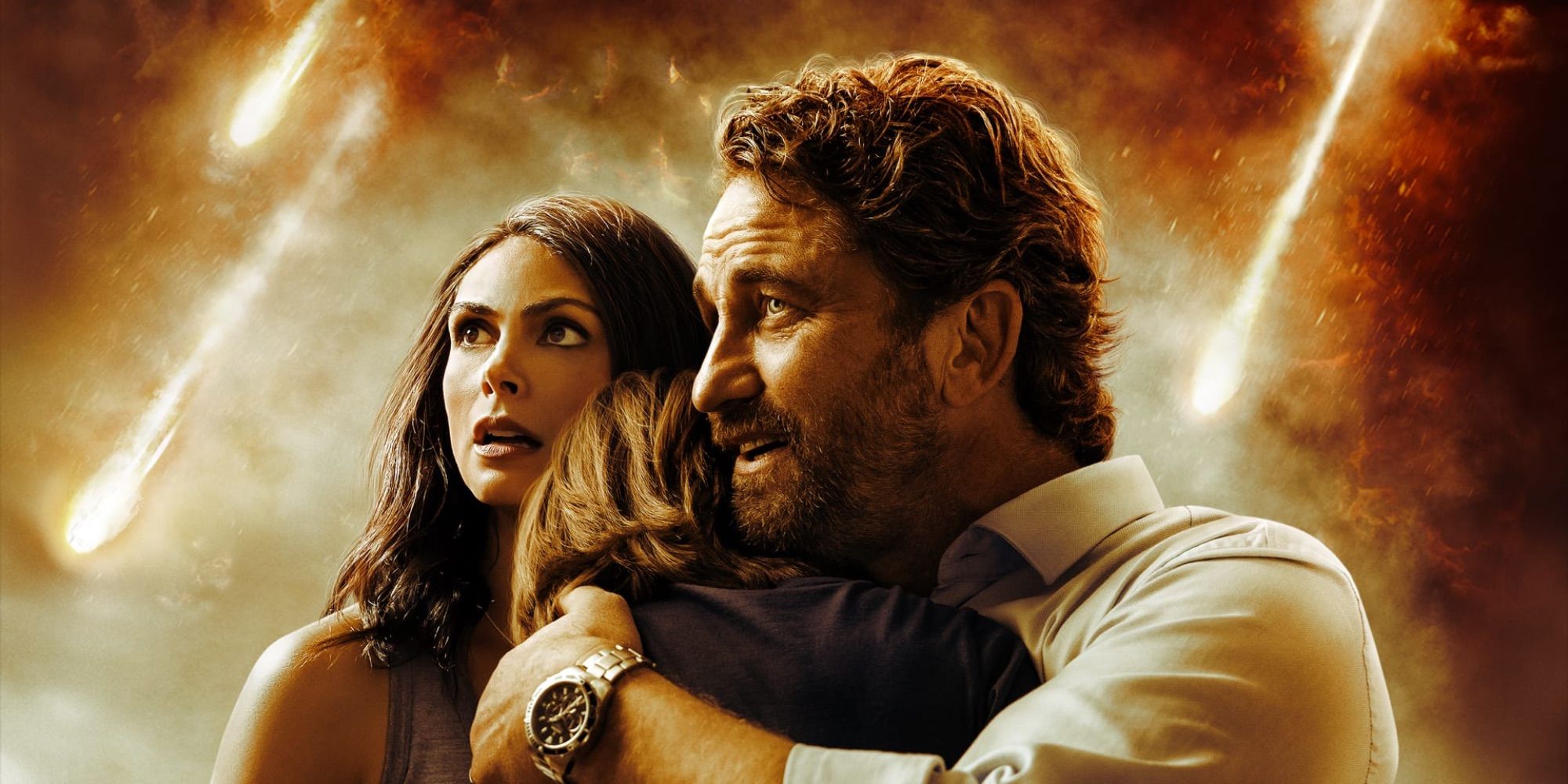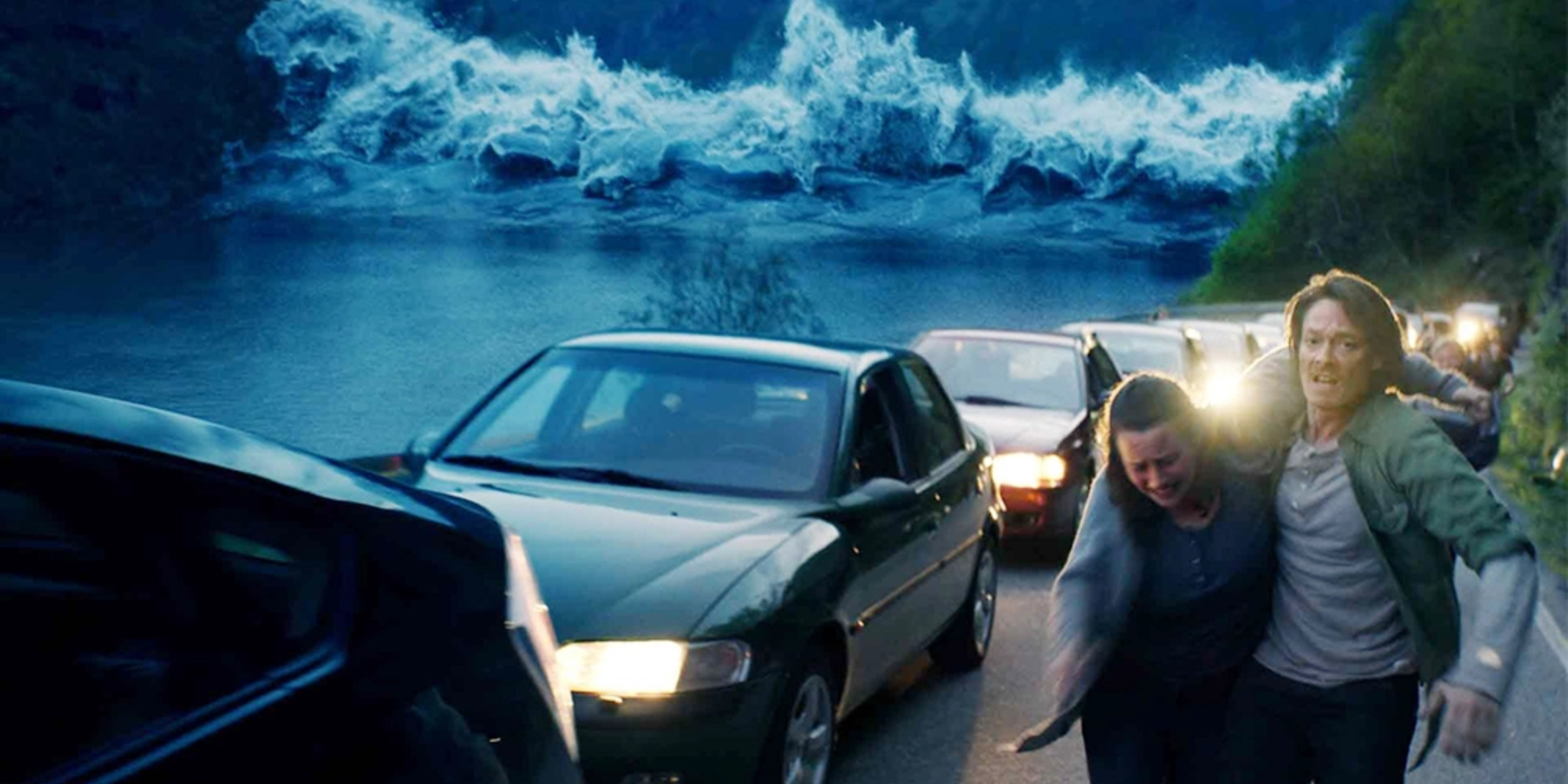Standing in the face of disaster makes for a thrilling tale of hope and humanity (or, in some cases, the lack thereof). This is what Netflix’s Don’t Look Up gave audiences as two scientists (Leonardo DiCaprio and Jennifer Lawrence) attempt to warn the world about an incoming asteroid impact. Using an en route asteroid as a stand-in for climate change, this film addresses current global anxieties with realism while steering clear of nihilism.
As seen in Don't Look Up, disaster movies like this don’t just rely on end-of-the-world panic; politics and social issues come into play as well. Whether characters face the threat of a new ice age or the collapse of civilization, these movies fuel that same sense of excitement and panic found in Netflix's latest entry in the disaster movie canon.
Seeking a Friend For the End of the World (2012)
The premise for Seeking a Friend For the End of the World is right there in the title. With an asteroid on track to hit Earth in three weeks time, Doug Peterson (Steve Carell) must decide how to live out his final days. When Doug’s wife leaves him, he decides to seek a romantic partner from the past - only to find Olivia (Keira Knightly) along the way.
Global panic (and disregard) mask incoming news reports and societal unrest. Much like Don’t Look Up, Seeking a Friend follows a set timeline as to when the world will end, and does so with a hint of humor that brings excitement to an otherwise dismal situation.
The Day After Tomorrow (2004)
Based on Art Bell’s book, “The Coming Global Superstorm,” The Day After Tomorrow follows a series of events that usher in a new ice age across the globe. When scientists begin tracking a series of massive storms in the Northern Atlantic Ocean, the world shuts down.
The movie follows the interactions between scientists, political leaders, and two teenagers (Jake Gyllenhal, Emmy Rossum) who find themselves at the center of events. Director Roland Emmerich is known for his many sci-fi and disaster movies (like Stargate, Universal Soldier, Godzilla, and Independence Day), but The Day After Tomorrow is the first of his to delve into themes of climate change.
This Is the End (2013)
In this apocalyptic comedy created by Seth Rogen, he and some Hollywood friends experience The Rapture one night in Los Angeles. What follows is an absurd (and somehow wholesome) journey towards redemption for Rogen, James Franco, Jay Baruchel, and other familiar faces.
This Is the End is as strong as it is in no small part due to an ensemble cast of A-list actors, much like Don’t Look Up. Similarly, this is not an inspiring movie. It blends religious themes with actual world-ending scenarios (like a giant sinkhole swallowing people whole). At the forefront is Jonah Hill, who somehow turns disaster into comedy.
San Andreas (2015)
The best disaster movies start off slow. In the case of San Andreas, a rumble turns into a (literal) quake along California's fragile fault lines. Ray Gaines (Dwayne Johnson) must use his training as an LAFD rescue pilot to save his family from crumbling skyscrapers and tsunamis. It makes for an exciting, albeit, anxiety-inducing, watch.
San Andreas teaches characters how to survive in case of emergency. Of course, not everyone will have Ray there to protect them in the case of a 9.1 magnitude earthquake. If only Don’t Look Up’s Randall Mindy (DiCaprio) presented that same assertiveness and sense of protocol with the incoming asteroid.
Melancholia (2011)
When Justine (Kirsten Dunst) dreams about Earth colliding with a far-away rogue planet, it becomes more than just an image of destruction. As one of three movies in director Lars von Trier's unofficial “depression trilogy,” Melancholia explores how two sisters react to impending catastrophe.
Whereas Don’t Look Up celebrates itself as a disaster/comedy, Melancholia taps into the dramatics of being stuck with no means of escape. Justine’s severe case of depression worsens along with her will to live as those around her panic in the wake of the world ending.
2012 (2009)
Science fiction movies make for some of the best disaster stories, and 2012 is no exception. A cast of big names like John Cusack, Amanda Peet, and Woody Harrelson experience solar flares, volcanic eruptions, rising tides, and powerful earthquakes.
It’s a race against time to save themselves and the planet ahead of the end of the world predicted by the Mayan calendar. The success of Don’t Look Up is thanks, in part, to a carefully crafted world in which the government, scientists, and everyday citizens must work together amidst impending catastrophe. 2012 depicts this same concept more than a decade earlier.
Greenland (2020)
Hollywood seems to like making movies about falling objects coming into Earth’s orbit. This is evident in the 2020 thriller, Greenland, starring Gerard Butler. When a comet larger than the object which killed the dinosaurs races towards Earth, John Garrity (Butler) must get him and his family to safety.
Greenland is about a family’s will to survive more than it is about global catastrophe. That’s something the movie has in common with Don’t Look Up, which highlights how interpersonal relationships and familial ties can determine one’s fate as the world’s end nears.
The Wave (2015)
The Wave is one of those rare, beautiful disaster movies coming out of a country that is not the United States. It’s a thrilling tale which follows an idyllic Norwegian mountain town threatened by an incoming tsunami.
But the 80-foot tsunami is the central focus of the movie. Rather it’s about how geologist Kristian Elkjord (Kristoffer Joner) tries to warn the town of depleting groundwater and an incoming threat. He’s met with skepticism by higher authority and reasoning with myth (much like the scientists in Don’t Look Up).

